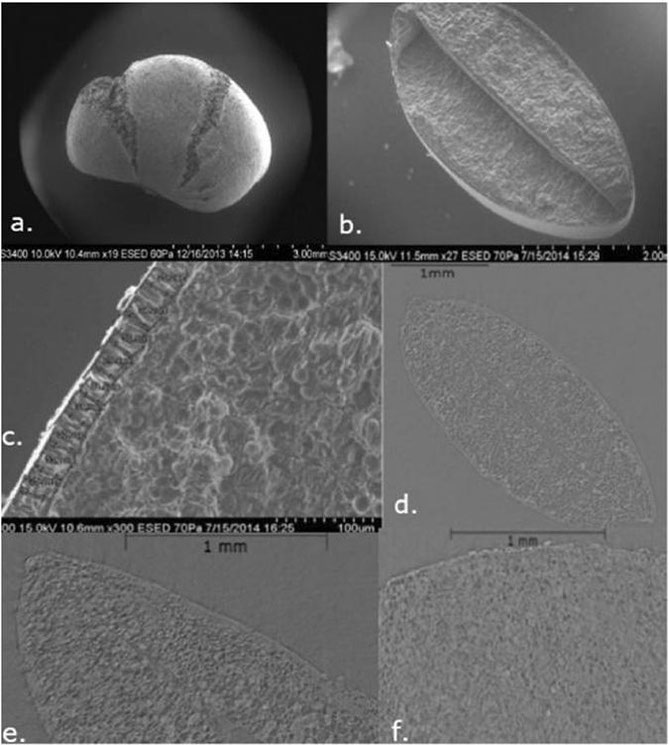
Archaeologists have taken 4,000 year old seeds to a machine straight out of science fiction.
University College London archaeologists Drs. Charlene Murphy and Dorian Q. Fuller wanted to know when horsegram, a legume native to South Asia, became a domesticated plant. Plant domestication occurs when plants adapt to cultivation, and in theory, unraveling plant domestication history is pretty straightforward. You take a few seed samples from different time periods and measure seed coat thicknesses with the general idea being that the thinner the coat the more domesticated the plant. The problem is finding a way to measure coat thickness without destroying the irreplaceable, thousands of years old, archaeological material.
Enter the U.K.’s Diamond synchrotron, a gigantic machine over a quarter mile in diameter, designed to be 10,000 times more powerful than a typical microscope. As Diamond describes it, the synchrotron generates electrons and then speeds them up to the point that they are almost traveling at the speed of light. With the electrons moving at a pace that could circumnavigate the globe 7.5 times in a single second, they begin emitting light. Light that can be 10 billion times brighter than the sun. Once generated, the light is directed into labs called “beamlines,” and it is within these beamlines that individual scientists, ranging from engineers to medical experts to archaeologists, peer into the inner structure of their query.
Murphy and Fuller were able to create 3D images of their seeds with “micrometer scale,” meaning the archaeologists could accurately measure the seed coat thicknesses without damaging the specimens. As the first to use a synchrotron on seeds, they found coat thickness can vary within a single seed, meaning that folks relying on measurements from a few spots within a seed might have some misleading results. They also found that horsegram, their original line of inquiry, began its path towards domestication 4,000 years ago and became fully domesticated sometime prior to 1,800 years ago. The UCL group plans to refine the domestication age with future synchrotron testing.
Murphy and Fuller’s work was published in Nature:Scientific Reports. doi:10.1038/s41598-017-05244-w



